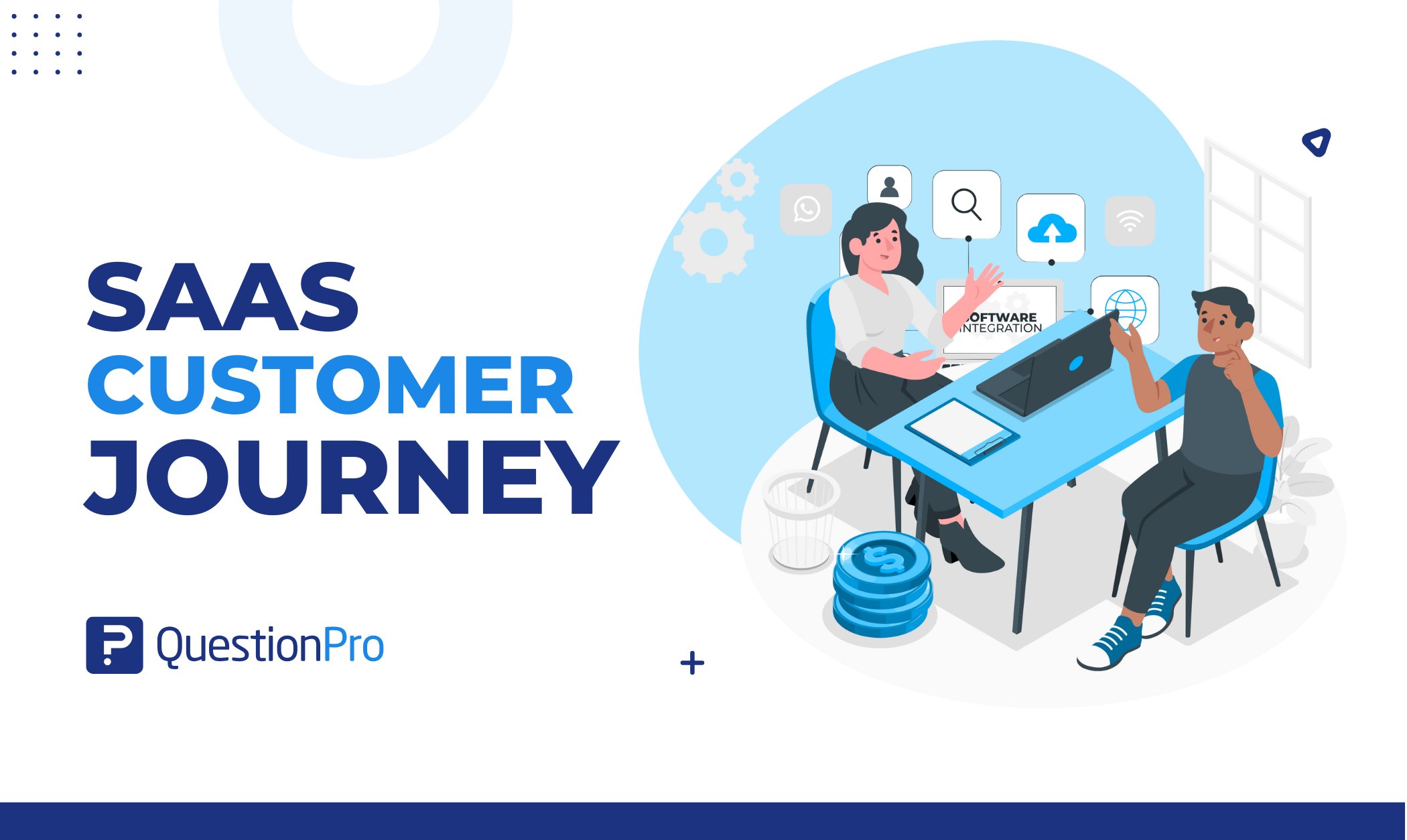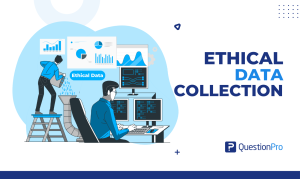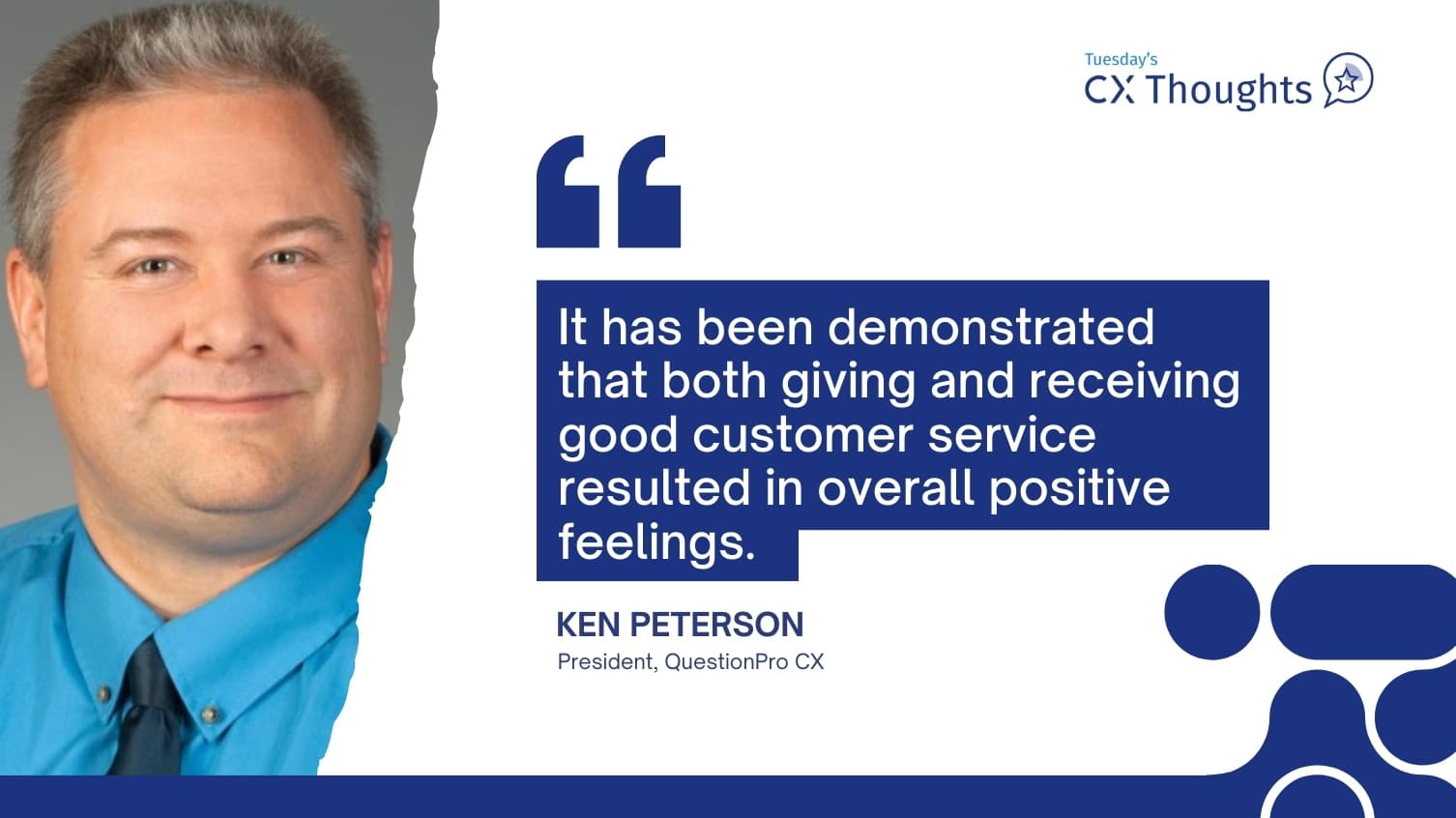
Check Out This Week’s Video Summary with Ken!
Did you know that up until 2016, some of the reviews you read on Amazon were from “customers” who received their product for free – or at least heavily discounted? Then after October 2016, there was an approved system called “Early Reviewer Program” that helped brands to provide these incentives in return for a review – presumably a positive review.
There was an industry of real companies that essentially operated marketplaces for acquiring reviews for merchants and their products. The review had to include the text “reviewer may have received discounted or free product in consideration of leaving a review”. Honest, but still resulted in doubts about the validity of such reviews.
Starting in 2018, the website started to crack down on such review programs. As would be expected with such a powerful e-commerce website, new “underground” programs started to emerge to encourage “customers” to leave positive reviews. In the last few years, it has been a back-and-forth battle between the website, merchants, review harvesters, and customers that includes policy changes, account suspensions, and even lawsuits.
This is just what happens on the biggest and most trafficked website, can you imagine the lack of regulation that occurs on websites with less resources to patrol fake reviews? It is these stores that make me track negative reviews versus positive reviews.

When we consider the activities that brands go through to generate positive reviews, we have to wonder how many people trust a business more after reading positive online reviews? A couple of years ago, online advertising services company WebsiteBuilder.org aggregated some statistics surrounding usage and perceptions of online reviews, which included:
- Customer reviews have the potential to increase purchase conversions by 270%
- 92% of potential customers hesitate to buy a product where there are no reviews
- Nearly all (97%) of consumers reported customer reviews influence their purchase
- Consumers have 12 times more trust in customer reviews than manufacturers’ reviews
- 84% of people trust reviews as much as they trust recommendations from friends
- 94% of consumers will not to purchase from a business because of negative reviews
Those are some pretty overwhelming statistics about the importance of reviews, and there are more compelling statistics on their website. However, it was the last two that captured my attention and had me thinking about my image above.
- 82% of shoppers specifically seek negative reviews.
- 75% of people online trust a business after seeing a positive review.
These two facts have me looking at the image above because I am probably guilty of seeking out negative reviews when considering a product or service online. Why? I tend to use the justification that positive reviews can be manipulated in the ways discussed before. However, there is the simple truth that – as an operational person – I tend to look at the extremes, including the idea of “how bad can it get?”.
It is one of the reasons many companies spend a lot of money tracking reviews. Not only to see how they are doing, but also what individuals are saying. They’ll call it “social listening”, but often they are just aggregating and summarizing – not really listening. It is one of the reasons we introduced CX Reputation by QuestionPro. It is an opportunity to create a personal response to the customer leaving the review.
Why is this response important? When nearly 5 out of 6 customers place such an emphasis on negative reviews, including myself, when you see that a brand has responded to the concerns of the customers, it improves the perception of the brand overall. It is important that the response be genuine (not a canned response), address the concerns of the customer, and offer the customer a resolution (not necessarily offer anything in exchange for a conversation, that could lead to customers trying to squeeze a discount, just a genuine outreach to connect).
We realize that responding to negative customer feedback is important – whether it is survey feedback or an online review, but I would also state that it is important to respond to positive reviews. After all, three out of four potential customers begin to trust a brand and consider such a purchase when there are positive reviews. Once someone like me starts looking at the negative reviews, I look to see if there is a response to that review. Whether or not it is a templated response, it tells me that the brand cares about their reputations when it comes to customers.
When I start looking at those positive reviews, and I see responses even on those reviews, it tells me that it is more than just about “salvaging the brand reputation” and that the brand genuinely cares about the customer experience. It is one of the reasons I believe that the customer experience is about understanding the journey and taking actions. Understanding the journey is about knowing how customers interact with your brand, the touchpoints that personas interact with and where customers see weaknesses in the experience.
No matter how much you measure, track KPIs, and review dashboards, if no actions are taken, then customers will likely churn at some point. Is this response an action? Sometimes it is. More importantly, if you are reviewing all these responses at some level, then each and every piece of feedback can be attributed to a Root Cause.
When a Root Cause analysis is consistently deployed across all your voice-of-the-customer mechanisms, you can get beyond “statistical significance” and develop strategic initiatives for improving or enhancing those experiences based on those aligned Root Causes. It is why we have our QuestionPro Outerloop tools, but that discussion is for another time after I look at some more online reviews.
Is there something wrong with your customer experience?
When you complete an honest assessment, the outcome can be beneficial. Particularly when it comes to your Customer Experience program.
Take five minutes and complete an audit for your organization here.
You may discover a gap in measurement, an opportunity to improve a process, the place where an organizational shift needs to take place or an opportunity to win a greater share of your customers’ wallets.
We all want that bigger “return”. In this situation, the worst case scenario is that you’ll get some information that will help your organization since there is no cost or obligation in completing this audit.







